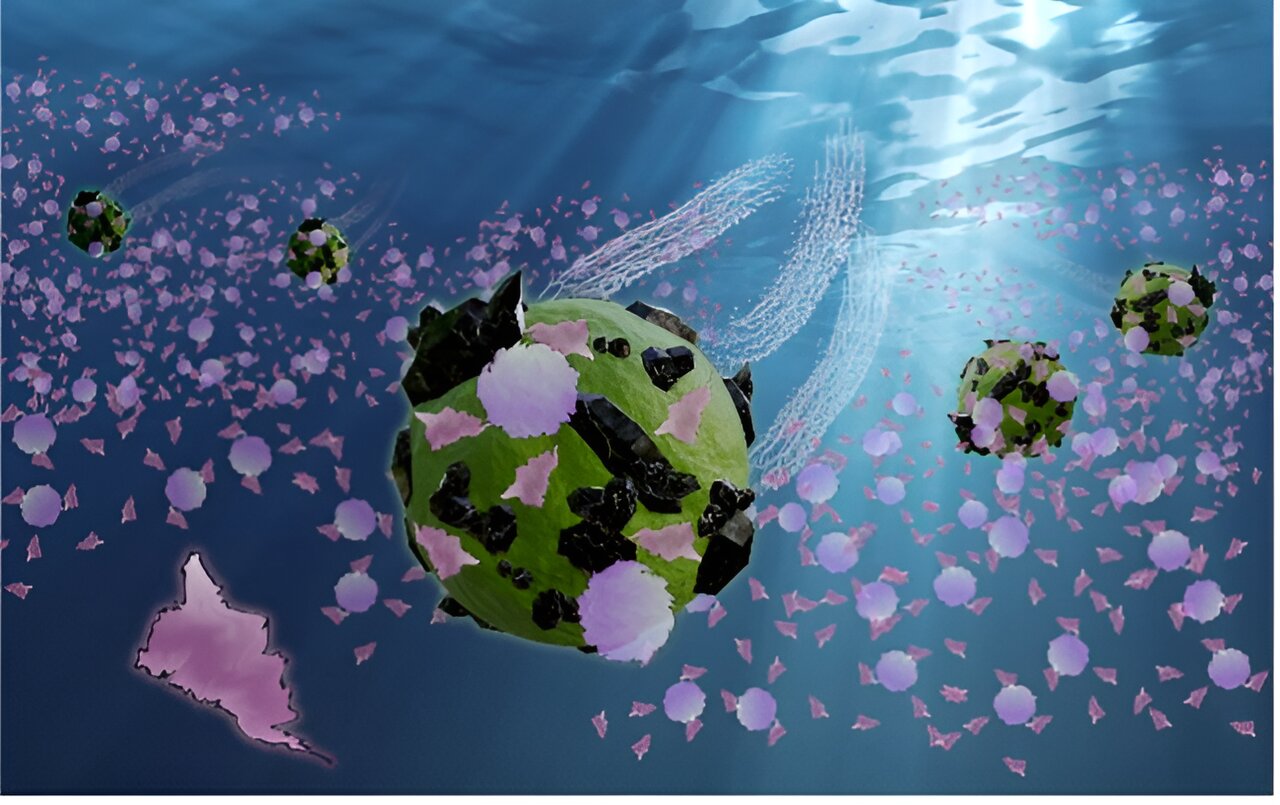Seas, oceans, rivers, and other bodies of water on Earth have become increasingly polluted over the past decades, and this is threatening the survival of many aquatic species. This pollution takes a wide range of forms, including the proliferation of so-called micro and nano plastics.
As suggested by their name, micro and nano plastics are harmful tiny particles derived from the disintegration of plastic waste released into the water. These particles have been found to disrupt aquatic ecosystems, for instance, delaying the growth of organisms, reducing their food intake, and damaging fish habitats.
Devising effective technologies to effectively remove these tiny particles is of utmost importance, as it could help to protect endangered species and their natural environments. These technologies should be carefully designed to prevent further pollution and destruction; thus, they should be based on environmentally friendly materials.
Researchers at Brno University of Technology and Mender University in the Czech Republic recently developed biohybrid microrobots that could remove micro- and nano-plastics from polluted water without causing further pollution. These robots, presented in a paper published in Advanced Functional Materials, integrate biological materials, specifically algae, with environmentally friendly materials that respond to external magnetic fields.
“Members of our research group have been studying the use of multi-layered TiO2 microrobots for the capture of nano plastics,” Xia Peng, co-author of the paper, told Phys.org. “The originally proposed approach involved the incorporation of noble metals, such as Pt, to facilitate propulsion, thereby contributing to an elevated cost and potential hazards associated with the microrobots. To address this issue, we have been exploring the substitution of costly metals with a more economical and readily mass-produced alternative.”
2023-11-26 03:41:02
Original from phys.org
